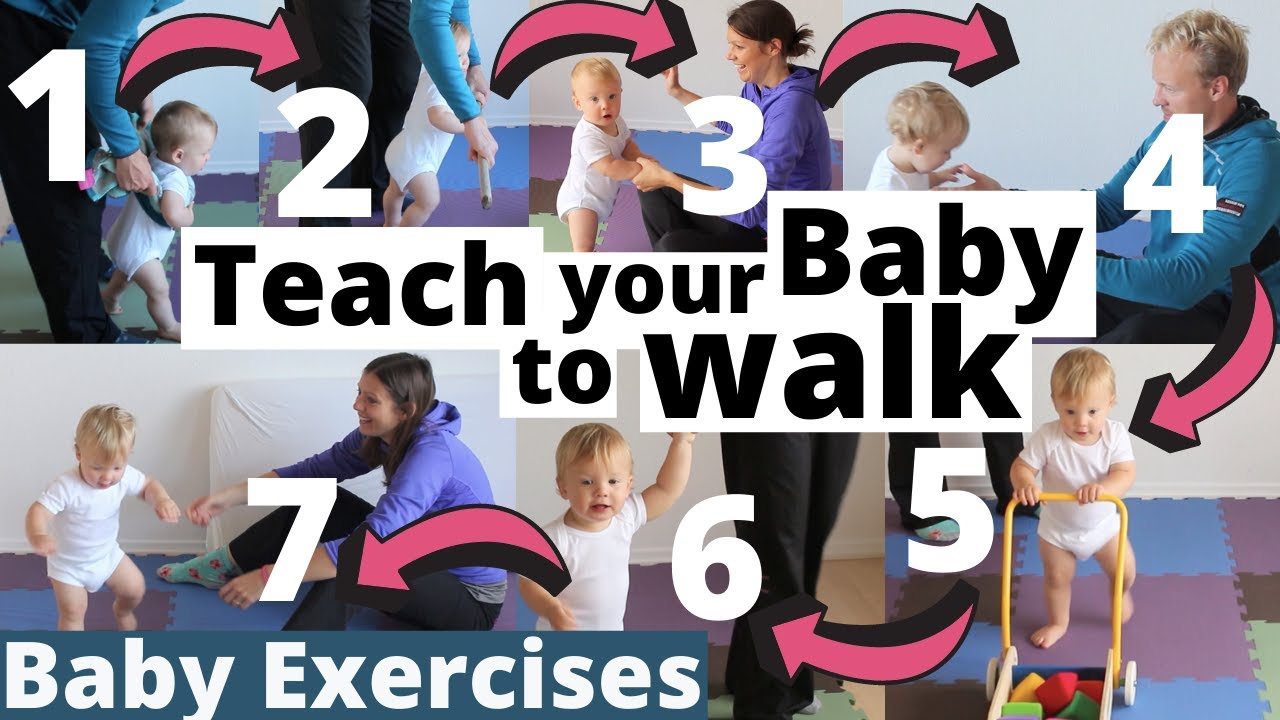How To Help Your Baby Walk
Are you eagerly waiting for the moment when your little one takes their first steps? The journey of helping your baby walk is an exciting and crucial milestone in their development. In this article, we will explore the best tips and strategies on how to assist your baby in learning to walk confidently.
Knowledge
Before diving into the techniques of helping your baby walk, it’s essential to understand the developmental stages and physical capabilities involved. Babies typically start showing signs of readiness to walk between 9 to 12 months of age. However, every child is unique, and some may begin walking earlier or later than others.
One of the first steps towards walking is developing strong core muscles. Encouraging tummy time from an early age helps your baby strengthen their neck, back, and abdominal muscles. Place your baby on their tummy for short periods several times a day to promote muscle development.
When your baby starts pulling themselves up and standing, offer support by holding their hands or providing stable furniture for them to hold onto. This helps them build confidence in their ability to stand and take steps.
Walking aids such as push toys or baby walkers can support your baby in learning to walk. These tools provide stability and encourage your baby to take steps while holding onto the handle or pushing the walker forward.
Once your baby shows signs of being able to stand independently, practice short sessions of standing without support. Encourage them to take small steps towards you or a favorite toy to strengthen their leg muscles and balance.
Every small achievement towards walking, whether it’s standing for a few seconds or taking a wobbly step, deserves celebration. Encouraging your baby with smiles, cheers, and claps boosts their confidence and motivates them to keep trying.
Conclusion
Helping your baby walk is a rewarding journey that requires patience, encouragement, and support. By understanding your baby’s developmental needs and providing the necessary assistance, you can help them reach this significant milestone with confidence. Remember to celebrate each step, no matter how small, and enjoy witnessing your baby’s growth and progress.
In conclusion, this article is aimed at parents and caregivers who are eager to support their baby in learning to walk. By following the tips and strategies outlined here, you can create a positive and encouraging environment for your little one to explore their newfound mobility.
As your baby takes their first independent steps, it marks the beginning of a new chapter in their development. Walking opens up a world of exploration and discovery for your child, allowing them to interact with their surroundings in a whole new way. By assisting and guiding them through this journey, you are playing a vital role in shaping their physical and cognitive abilities.





